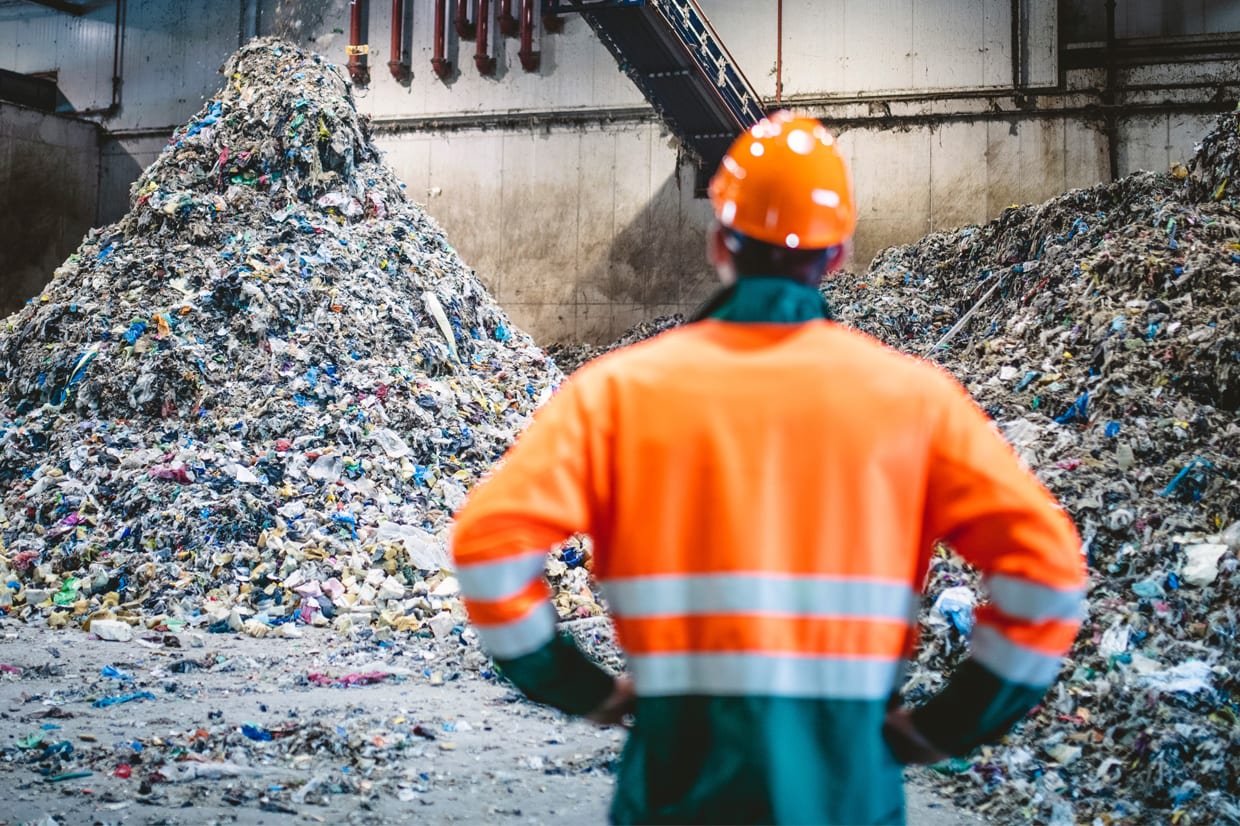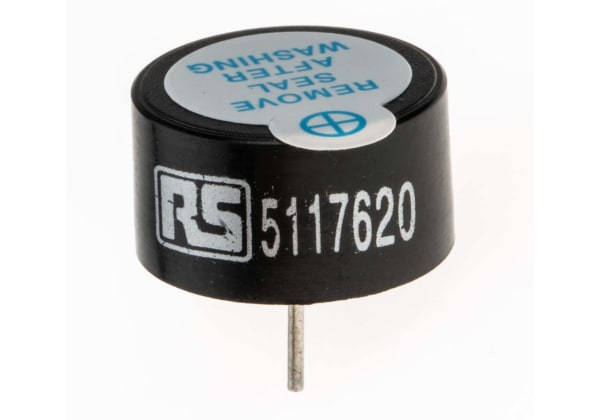- Published 23 Sept 2025
- Last Modified 23 Sept 2025
- 9 min
How to Apply Sustainable Design Principles Effectively
Learn to apply key sustainable design principles for electrical components—including eco-friendly materials, energy efficiency standards, and essential design criteria.

Electric and electronic technology has done wonders for making our world more connected. We enjoy its benefits in every aspect of our lives, but these devices have a history of poor sustainability. They can involve unethical and polluting minerals mining, significant manufacturing emissions, excessive packaging, increased worldwide electricity usage, a culture encouraging discarding and replacing devices, and disposed hazardous materials corrupting the environment. The need for sustainable design principles in the electric and electronic fields is significant, but there are measures for reducing the footprints of these devices.
Read on to learn about steps you can take to ensure sustainable product design in electrical components.
Material Selection Guidelines
When it comes to electrical and electronic materials, sustainable design criteria include:
- Raw Material Sourcing: Assess the environmental impact of mining, including emissions and ecological damage
- Manufacturing: Evaluate the energy consumption, waste generation, and emissions produced during the manufacturing process
- Operational Efficiency: Consider the energy efficiency of the materials while in use
- End-of-Life: Determine if the materials are reusable, recyclable, or can be safely disposed of without harming the environment
As we use more electronics in our lives and replace them frequently, electronic waste (e-waste) becomes an ever-growing concern. Lead, cadmium, barium, mercury, beryllium, and chromium are all found in electronics but can seriously contaminate the environment if disposed of improperly. Additionally, unethical recycling practices expose workers and their communities to toxic fumes. Thus, it’s becoming increasingly important to use these materials in designs sparingly and to plan safe disposal channels for them.
Sustainability also applies to the ethics of sourcing materials. Electronics commonly use conflict minerals (tin, tantalum, tungsten, and gold), which have a history of being mined using human rights violations like forced labour. If designing with these four elements, follow these guidelines to make sure you know where they come from. They all exhibit excellent properties for electronics connections, like high conductivity and temperature ratings, low resistivity, and good malleability, but they need to be sourced through ethical channels to meet sustainable design criteria.
Now, here are some electronics materials that are better for sustainable product design:
- Aluminium: Very recyclable and easy to form into complex shapes, it’s also lightweight, strong, conductive, and corrosion-resistant. It’s a good choice for circuit boards and connectors, though not for signal transmission or high-temperature applications
- Borosilicate glass: Made from low toxicity materials, 100% recyclable, and highly strong, durable, and temperature resistant—meaning it has to be replaced less often. It’s good for substrates in circuit boards
- Recycled glass: A sustainable choice for the screens and camera lenses for laptops and mobile phones
- Recycled plastic: Choosing recycled or recyclable plastics for electronics housings reduces the demand for new plastic
- Graphene: A carbon-based material with potential for incredible electronic performance, though its production affects its sustainability. Though it’s made from an organic, highly abundant element, producing it can release significant methane. If made using a lighter footprint, though, it has properties to rival even silicon: It’s conductive, flexible, and resilient, requiring less cooling, has low resistivity, and is energy efficient
To remove mining from the equation, consider using organic materials instead:
- Silk and cellulose: Conductive, biodegradable, and biocompatible, making them a good choice for medical implants and wearable devices, since they reduce the risk of adverse body reactions
- Bioplastics: Processed from sugarcane, corn starch, or soy protein, these can be an even greener choice than recycled plastics for electronics housings. They can also be used for packaging, which further reduces a device’s footprint
- Wood: Emerging as a potential alternative material for circuit boards, one of the biggest contributors to e-waste
The complex tasks and performance of electric and electronic devices can still, unfortunately, only be done with larger-footprint materials. These devices’ sustainable product design should thus strive for a combination of ethical sourcing, planned safe disposal, and recycled and recyclable materials.
Energy Efficiency Standards
If you plan to bring electronic equipment to market in the United Kingdom, there are some energy efficiency standards and efficiency labelling requirements to keep in mind:
The Ecodesign for Energy-Related Products and Energy Information Regulations of 2021: These set out sustainable design criteria for welding machines, industrial refrigeration, electric motors and their variable speed drives, and electronic displays. They establish things like:
- Minimum energy efficiency benchmarks
- Power consumption allowed for standby modes
- Refrigeration temperature expectations
- Water consumption considerations
- Labels warning of cadmium in the device
- Obligations to make waste electrical and electronic equipment (WEEE) materials practically removable for disposal
The Ecodesign for Energy-Related Products and Energy Information for Lighting Products Regulations of 2021: These are similar to the above regulations but focus on lighting products and their controllers. They also define energy efficiency, standby mode, and WEEE obligations—particularly for products containing mercury.
Labelling requirements: Electrical and electronic products require a standardised energy efficiency label to be available at the point of sale. The ratings have been rescaled to encompass advances in energy efficiency; the scale now once again goes from A to G, whereas the most efficient products used to be considered A+++! These labels also need to display things like noise emitted, chill temperatures, water consumption, etc., based on the type of device.
Study these standards carefully to ensure your design meets the country’s legislated sustainable design principles. You must also consider the corresponding regulations for anywhere else you want to do business, like the EU.
Lifecycle Assessment Methods
A lifecycle assessment (LCA) is an important tool in validating that electric and electronic devices are indeed meeting sustainable design principles. It involves examining their environmental impact every step of the way: resource extraction, manufacturing, shipping, use, and disposal.
ISO has some principles and guidelines for how to perform lifecycle assessments: ISO 14040:2006 and ISO 14044:2006 outline the goals, scope, and phases of LCA and how the phases relate to each other.
Here are the main phases of a lifecycle assessment and what to keep in mind when conducting one for an electric or electronic device:
Goal and scope definition: Describe what you want to achieve with the assessment and what you will be considering.
Is the goal to assess a design’s impact before it goes to market, investigate wastefulness in its supply chain, or compare its footprint against another product’s? The goal also needs to define a ‘functional unit,’ which is a performance benchmark for measuring the LCA’s results. For example, you could define ‘one hour of operating time’ for a computer monitor and assess the environmental impact in terms of those operating hours.
With the scope, you need to define a system boundary for the assessment: Will you be looking at the device’s footprint from cradle-to-grave (resource extraction to end-of-life disposal), cradle-to-gate (resource extraction to shipping the completed product), or something else?
Inventory analysis: Define, collect, and model data on all the resource inputs and outputs of the product within the scope you defined. What are all the raw materials, water, and energy that go into producing, packaging, shipping, and using the item, and what emissions and other waste materials does all that produce?
Impact assessment: Weigh and convert the data collected in the inventory analysis to one (or multiple) common unit of environmental impact, such as equivalent kg of CO₂ emitted, ozone depletion potential, land use, or water consumption. This gives a strong idea of the product’s overall environmental impact.
Interpretation: Analyse the assessment’s findings and determine what conclusions you can draw about this product’s impact. You can also recommend actions for changes that will reduce its impact.
The environmental benefits of lifecycle assessments include:
- More ethical materials sourcing
- Reduced material waste
- Better awareness and control of end-of-life product disposal
- More efficiently operating (and thus more competitive) products
- Regulatory compliance
- Stronger corporate social reputation
Waste Reduction Strategies
Reducing wasted material is a key pillar of sustainable product design in electrics and electronics, given the ever-growing mountains of discarded devices, which release hazardous materials into the environment. Some strategies you can take to combat this are:
- Use lean manufacturing: Avoid all forms of manufacturing waste, including producing more than you need or producing defective items that must be discarded
- Additive manufacturing: 3D printing inherently has minimal material waste since it only prints what you need. In electronics, it can be used for housings, medical implants, and even entire circuit boards
- Use recyclable or organic materials: As discussed above, lean towards materials that can be either recycled or biodegraded, both of which minimise the need for fresh extracted resources
- Reduce packaging: Strive to minimise the amount of electronics packaging and the number of different materials used in it, and to make those materials biodegradable if possible
- Design for disassembly: Aim to allow dissimilar materials in electronics to be separated so they can be successfully reused
- Allow repairability: If your device can be disassembled and serviced using common tools and parts, consumers and technicians will be discouraged from simply discarding and replacing the device
- Build parts to last and support them: If electronic devices keep on functioning for years and their manufacturers keep supporting them with software and hardware updates, this will delay their materials’ disposal for as long as possible
- Educate users: Use product documentation and promotional messaging to encourage users to do their part to properly dispose of devices when they reach their end of life

Certification Requirements Overview
There are a few British certifications to consider for assuring sustainable product design in electrics and electronics:
- BS EN 50693:2019: Defines electric and electronic product categories and how to perform lifecycle assessments for them
- BS EN 50614:2020: Covers preparing electric and electronic equipment for re-use and assuring that they are still safe to use
- PAS 7770:2024: A guideline for navigating the environmental performance requirements of energy consumer products (such as electric and electronic devices)
- And, the UKCA mark gives an overarching assurance that the product meets the UK’s regulations for health, safety, and environmental protection, which all play into sustainable design criteria
With these sustainable design principles in hand, you can design electrical components that impact the environment minimally while contributing to improving people’s lives. At RS, we are committed to these principles through our Better World product badge, which indicates products made more sustainably.


